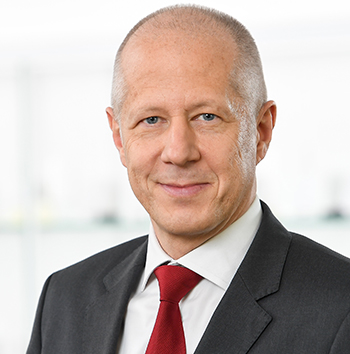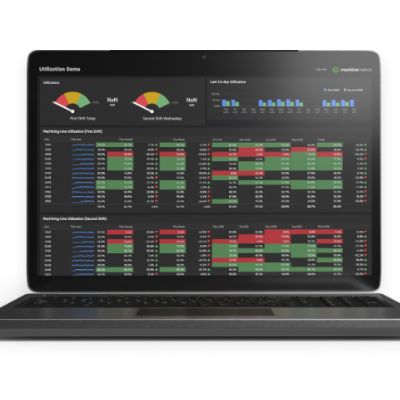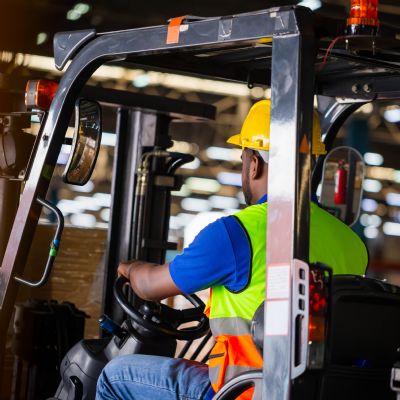3D Printing’s First Movers
Three industries are widely recognized as advancing 3D printing: medical, aerospace and automotive.
The medical field, with its focus on personalized healthcare, now has the ability to address orthopedic issues with 3D-printed implants designed for individual patient needs. The growing use of AM for prosthetics provides new opportunities to offer personalized surgical experiences that cater to the individual patient’s unique anatomical makeup. For example, Bodycad, with headquarters in Quebec, Canada, and Park City, UT, makes custom orthopedic restoration and uses 3D imaging to map a personalized image of a patient’s knee before using 3D printing to create precise custom cutting tools and prosthetic replacements.
3D printing also allows engineers to simplify processes, such as adding a porous surface layer to implants to ensure better osteointegration. Traditional methods included a secondary step of spraying on this porous surface, while additive methods integrate this step into a singular build process. This also eliminates risk of delamination between the coating and the solid portion of the implant. Delamination causes the layers to separate and has significant consequences for orthopedic implants.
The aerospace industry faces its own unique set of challenges. Almost all of aerospace today is powered by fossil fuels. With more people flying today than ever before, the negative impact on our environment continues to compound over time. Aerospace OEMs and airlines are looking to reduce their carbon footprint by making planes lighter and engines more efficient. Boeing, which recently partnered with Oerlikon to create standard processes for 3D-printed titanium structures, has invested in the technology since 1997 with more than 50,000 3D-printed parts weighing as much as 60 percent less flying across its commercial and space programs, contributing to significant fuel savings.
AM also addresses the challenges around demand for unique parts in low quantities, as seen throughout the automotive industry. Through AM, automotive OEMs and suppliers can better manage their supply chains, delivering parts on-demand, rather than forcing buyers to order and wait longer periods of time for their unique parts to arrive. Car companies, such as Daimler AG, now use AM to produce parts faster and for less.
Hybrid Manufacturing Environments
The future of AM depends on the technology’s ability to make repeatable parts that leverage unique designs, while solving a specific challenge, or challenges. That said, contrary to how AM was viewed a few years ago, the technology does not exist to completely replace traditional manufacturing methods. Customer requirements tend to center around integrating AM technology into existing production environments, linking AM with conventional manufacturing technologies and continuously optimizing the flow of data and parts.
Cloud computing represents a key technology for hybrid manufacturing environments as described above. The cloud has the potential to enable customers to design a unique component and have it printed and delivered to their door, without even having to step foot on the shop floor. Furthermore, cloud computing is the foundation of open Internet of Things platforms that connect systems, production cells and whole production sites, enabling manufacturers to integrate solutions into existing production workflows. Companies can connect machine networks worldwide, making manufacturing even more flexible and productive. The overlap of AM and cloud computing presents opportunities for cost-cutting, lead-time reduction and effective management of resources for both consumers and producers.
The Factory of the Future
The expected combination of AM and hybrid-manufacturing chains will result in production platforms that can accelerate the integration of 3D printing, resulting in smart production chains and agile Industry 4.0 factories able to adapt to changing market requirements and fluctuations.
Meanwhile, the human factor—the ability of managers and engineers to adapt—remain essential to the success of AM as does a continuous commitment to educating and equipping future users to reimagine manufacturing and unlock new and meaningful applications for AM. While much has been accomplished, we’ve only scratched the surface when it comes to realizing the full extent of AM’s capabilities. 3DMP
See also: EOS of North America, Inc.
Technologies:










